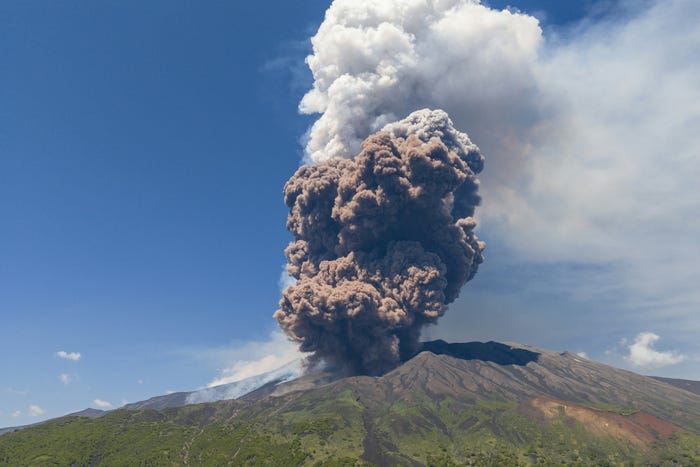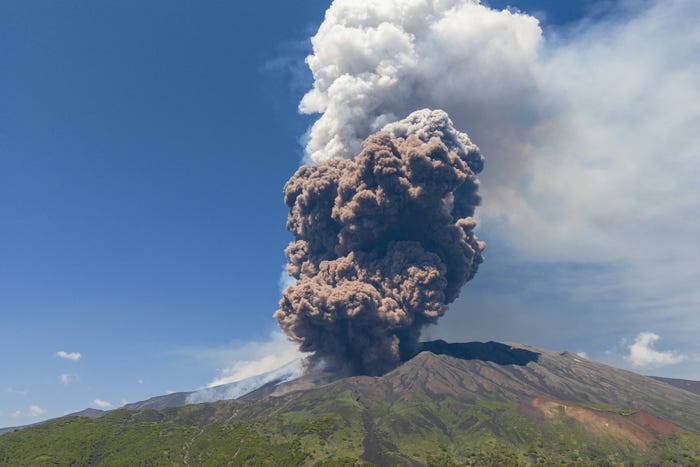Mount Etna: Europe’s Most Active Volcano and How to Minimize Its Dangers
Introduction
Mount Etna, located on the eastern coast of Sicily, Italy, is Europe’s highest and most active volcano. Standing at over 3,300 meters (10,900 feet), its height changes frequently due to eruptions. With a history dating back thousands of years, Mount Etna is not only a geological marvel but also a cultural and economic symbol for the region. However, living near an active volcano comes with serious risks.
Volcanic Activity
Mount Etna is in a constant state of activity. Its eruptions range from mild lava flows to explosive events that impact air travel and nearby communities. Typical signs of activity include:
- Lava flows that descend the slopes
- Ash clouds reaching into the atmosphere
- Earthquakes caused by underground magma movement
- Loud explosions and gas emissions
Despite these hazards, many people continue to live near Mount Etna, drawn by the fertile soil and deep local heritage.
Potential Dangers
Mount Etna poses several threats to people, property, and the environment:
- Infrastructure damage – roads, buildings, and utility systems can be destroyed.
- Air pollution – volcanic ash and gases can harm respiratory health.
- Flight disruptions – ash clouds can affect aviation safety.
- Wildfires – lava can ignite surrounding vegetation and structures.
- Forced evacuations – major eruptions often lead to temporary or permanent displacement.
🟨 Discussion: Should People Be Forced to Leave the Area Around Mount Etna?
This question sparks debate.
Some argue that living near an unpredictable volcano like Mount Etna is too dangerous, and that residents should be relocated permanently. They cite the increasing unpredictability of eruptions and the growing cost of emergency response and rebuilding.
Others believe that with modern monitoring and warning systems, it is possible to live safely near the volcano. They point to the region’s rich agriculture, tourism income, and emotional ties locals have to their land.
➡️ So what’s better — abandoning the area for safety, or learning to coexist with nature’s fury?
How to Reduce the Risks of Mount Etna
- Advanced Monitoring Systems
Italy has one of the best volcano monitoring programs in the world. It includes:- Seismic sensors
- Thermal cameras
- Satellite observations
- Drone surveillance
- Emergency Evacuation Plans
Local authorities conduct regular drills. Plans include:- Clearly marked evacuation routes
- Temporary shelters
- Distribution of masks and protective gear
- Restricted Construction Zones
New development is forbidden in high-risk areas near the crater to reduce casualties and damage. - Community Education
Schools and local programs teach residents how to respond during volcanic emergencies. - Ongoing Scientific Research
Continuous research helps predict eruptions more accurately and improves response strategies.
Conclusion
Mount Etna is a powerful reminder of Earth’s natural forces. While its beauty and benefits attract many, its dangers are ever-present. With the help of technology, science, and preparedness, humans can minimize the risks and live more safely near this fiery giant.

Your Attractive Heading



